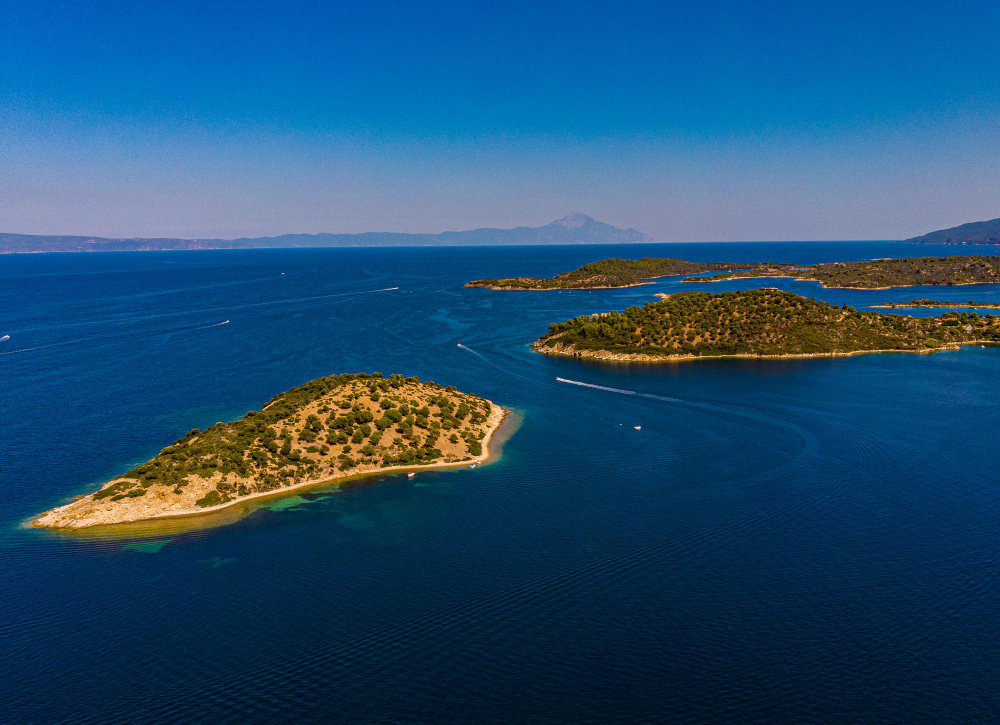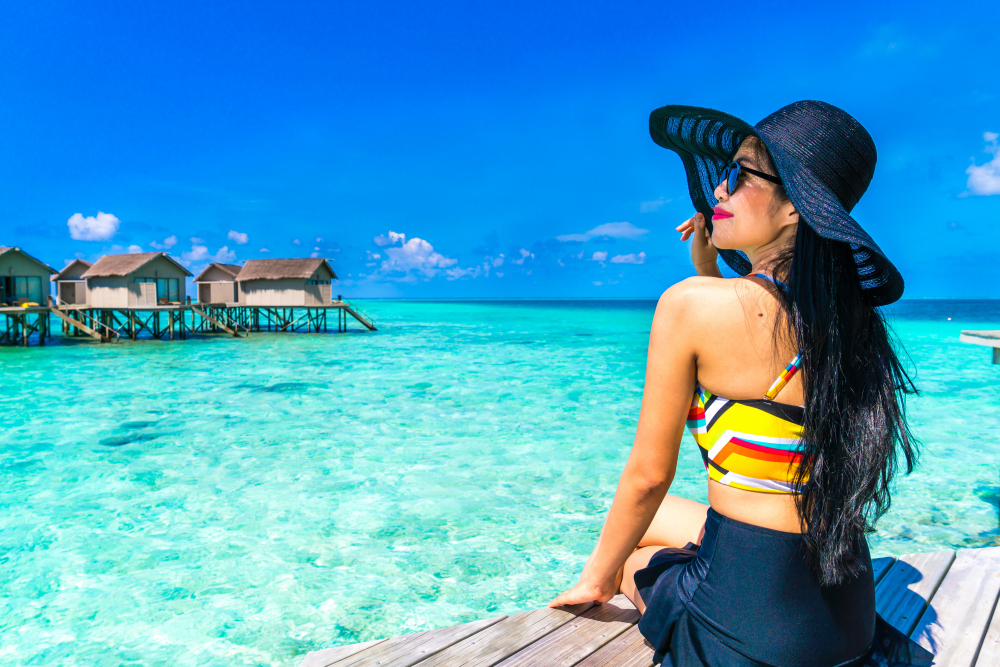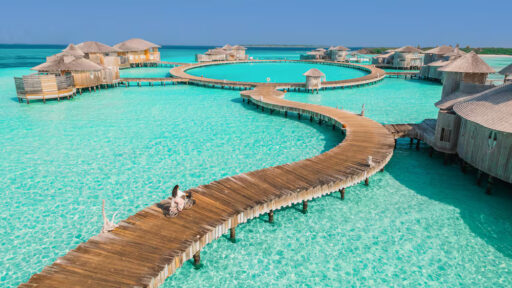The Maldives’ luxury resorts are renowned for their turquoise waters, rich marine life, and unique practices – including their own time systems. This concept, known as “island time,” involves moving clocks at least one hour ahead of the official time zone (GMT+5).
Far from being a mere quirk, this adjustment aims to enrich the guest experience, offering more daylight hours for activities and enhancing the overall relaxation atmosphere.
READ MORE: Black’s Island: From Pirate Hideaway to Luxury Resort
Mohit Dembla, general manager of the JW Marriott Maldives Resort & Spa, explains, “This deliberate time adjustment is more than a mere quirk of travel; it is a thoughtful enhancement to the guest experience, catering to the diverse needs of our international visitors.”

The JW Marriott, along with other Marriott Group properties like the St. Regis Maldives Vommuli Resort, the Westin Maldives Miriandhoo Resort, and the Ritz-Carlton Maldives, Fari Islands, all observe island time.
By shifting the clocks, resorts ensure the sun rises at 7 a.m. instead of 6 a.m., allowing guests to make the most of the daylight. “Since most resorts in the Maldives are located on their own private islands, and often miles away from mainland Malé, they frequently operate according to their own rules, namely the ‘island time,’” says Zhilah Vego, director of sales and marketing at the St. Regis Maldives Vommuli Resort.
This adjustment allows for more daylight activities and picturesque sunset dinners. For instance, Soneva Jani, another luxury resort, sets its clocks an hour ahead, referring to the shift as “Soneva Jani Time.” Charles Morris, GM of Soneva Jani, notes, “With the sun rising at 7 a.m. and setting at 7:15 p.m., our guests enjoy perfectly timed daylight for early morning jogs or cool evening sports, escaping the peak heat of the day.”
The extra hour of daylight is used for various activities. The Westin Maldives Miriandhoo Resort offers sunrise yoga and run sessions, while the Ritz-Carlton Maldives, Fari Islands, features sunset dinners with traditional Maldivian boduberu drum performances. The St. Regis Maldives Vommuli Resort even has a Champagne sabering event at 6:45 p.m.
First-time visitors might find island time confusing, especially when coordinating transfers back to the airport. To alleviate this, resorts like the St. Regis ensure guests are well-informed about the time adjustment and assist with travel arrangements.
Not all Maldivian resorts follow island time. Kurumba, the country’s first resort, sticks to the official time zone. Ali Farooq, resort manager at Kurumba, explains, “Lots of our team members commute from Malé so we also like to respect their work-life balance, and our experience is that guests find it more convenient and less confusing to be on one time zone.”
For resorts that do observe island time, the goal is to enhance the guest experience. As Dembla of JW Marriott puts it, “It reflects the unhurried pace and relaxed attitude characteristic of island communities, enriching the overall travel experience.”
The Maldives, an archipelago of 1,190 low-lying islands, stretches over 90,000 square kilometers, with many of its 160-plus resorts accessible by float plane from Velana International Airport in Malé. These planes can’t fly after dark, making daylight hours especially precious.
Ultimately, island time in the Maldives is about more than just adjusting clocks. It’s about curating a unique and memorable experience that aligns with the idyllic, unhurried lifestyle of these luxurious island getaways.
READ MORE: ‘Keep it in your heart’: You could be arrested for taking sand from the beach on this Italian island





